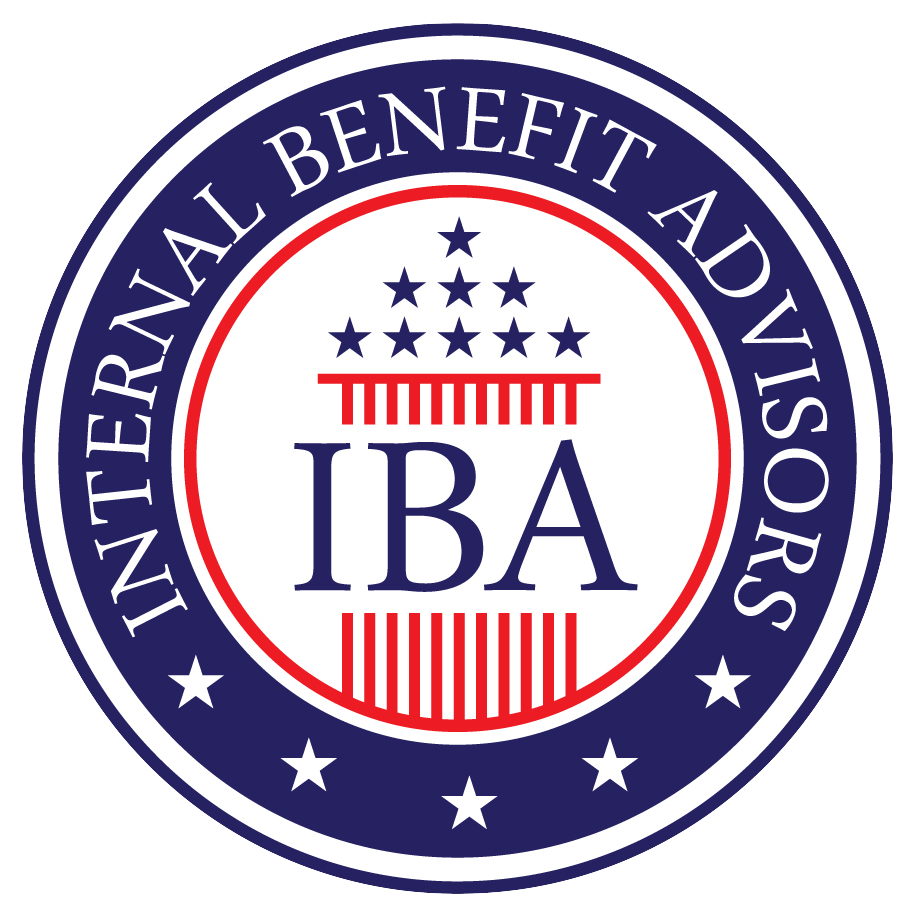Retirement planning is complex for everyone, but federal employees face a unique labyrinth of specific benefits—pensions (FERS/CSRS), Thrift Savings Plan (TSP), FEHB, FEGLI, and Social Security integration. Navigating this successfully requires careful planning, but as a recent FEDweek article highlights, many federal employees stumble over common “red flags” that can seriously jeopardize their financial security. Avoiding these pitfalls is crucial for a smooth transition to a well-deserved retirement.
Red Flag #1: Misunderstanding Your Pension and TSP
Your FERS or CSRS pension is a defined benefit, but calculating it correctly (considering creditable service, high-3 salary, survivor options) is vital. Similarly, the TSP, while a powerful savings tool, comes with complex withdrawal rules, tax implications (especially with Roth vs. Traditional balances), and investment risks. Relying on assumptions or outdated information can lead to nasty surprises.
- The Risk: Miscalculating your pension or making poor TSP withdrawal choices can lead to a significant income shortfall in retirement.
- Sound Data: While the average TSP balance has grown significantly, reaching over $180,000 in recent years, this average masks wide variations. Relying solely on the TSP without maximizing your pension and Social Security can be risky, especially given market volatility.
Red Flag #2: Underestimating Healthcare Costs
Many assume FEHB premiums stay low in retirement or that Medicare will cover everything after age 65. The reality is different. While you can keep FEHB, you’ll lose the pre-tax premium benefit (premium conversion), effectively increasing your cost. Furthermore, Medicare (Parts B and D primarily) comes with its own significant premiums, deductibles, and co-pays.
- The Risk: Unplanned healthcare expenses are one of the biggest threats to retirement savings.
- Sound Data: Fidelity Investments estimates that a 65-year-old couple retiring in 2025 may need approximately $330,000 saved (after tax) just for healthcare expenses throughout retirement. This doesn’t even include potential long-term care costs.
Red Flag #3: Neglecting Survivor Benefits and Beneficiary Forms
Choosing a survivor annuity for your spouse from your FERS/CSRS pension is an irrevocable decision made at retirement with major financial implications. Equally critical, but often overlooked, are your beneficiary designation forms for TSP, FERS/CSRS unpaid balance, and FEGLI. These forms dictate who inherits these assets, overriding your will.
- The Risk: Failure to understand survivor options can leave a spouse financially vulnerable. Outdated beneficiary forms can lead to assets going to unintended individuals (like an ex-spouse) and cause significant legal delays and family disputes.
- Sound Data: Life events like marriage, divorce, birth, or death necessitate reviewing beneficiary forms. Failing to update them is a common, and often devastating, estate planning error across all sectors, not just federal employees.
Red Flag #4: Ignoring Inflation and Timing
Retiring too early without adequate savings or failing to account for the corrosive effect of inflation on a fixed income are classic blunders. Even modest inflation significantly erodes purchasing power over a 20- or 30-year retirement.
- The Risk: Outliving your savings or finding your fixed income buys less and less each year.
- Sound Data: Even a seemingly low 3% average annual inflation rate will cut the purchasing power of your money in half in about 24 years. Planning for cost-of-living adjustments (COLAs) on your pension and Social Security, and ensuring your TSP withdrawals can keep pace, is essential.
[Image: A checklist with red ‘X’ marks next to items like “Review Beneficiaries,” “Estimate Health Costs”]
Charting a Safe Course with Expert Guidance
These red flags, as highlighted by FEDweek, underscore the complexity of federal retirement and the high cost of errors. Navigating these waters successfully requires more than just hoping for the best; it demands informed decisions based on your unique situation.
This is where the specialized expertise of Internal Benefit Advisors becomes your most valuable asset. They are dedicated to educating federal and state employees, helping them identify and steer clear of these retirement pitfalls.
Here’s how Internal Benefit Advisors helps you avoid the red flags:
- Comprehensive Benefits Analysis: They provide a detailed projection of your FERS/CSRS pension, Social Security, and TSP income, ensuring you have a realistic picture of your retirement finances.
- Healthcare Cost Planning: They help you understand your FEHB options in retirement, how they integrate with Medicare, and how to budget for future healthcare costs.
- Survivor Benefit & Beneficiary Review: They explain the crucial survivor annuity decisions and emphasize the importance of keeping beneficiary designations up-to-date across all your federal benefits.
- Inflation-Adjusted Planning: Their strategies incorporate the long-term impact of inflation, helping you create a sustainable income plan designed to maintain your purchasing power.
- Empowerment Through Education: Knowledge is the best defense against costly mistakes. Internal Benefit Advisors provides the clear, unbiased education needed to make confident decisions about your TSP, pension, insurance, and overall retirement strategy.
Don’t let easily avoidable mistakes derail your retirement dreams. Secure your future by planning proactively.
Take the definitive step to ensure your retirement is free of red flags. Contact Internal Benefit Advisors today for a consultation and build the secure future your years of service have earned.
References
- FEDweek. “Federal Retirement Red Flags to Avoid.”
- Federal Retirement Thrift Investment Board (FRTIB). TSP Statistics. (Use specific year/report if available)
- Fidelity Investments. (2025). Retiree Health Care Cost Estimate.
- Bureau of Labor Statistics. Consumer Price Index. (Use specific data point)
- Internal Benefit Advisors. Retrieved from https://internalbenefitadvisors.com




